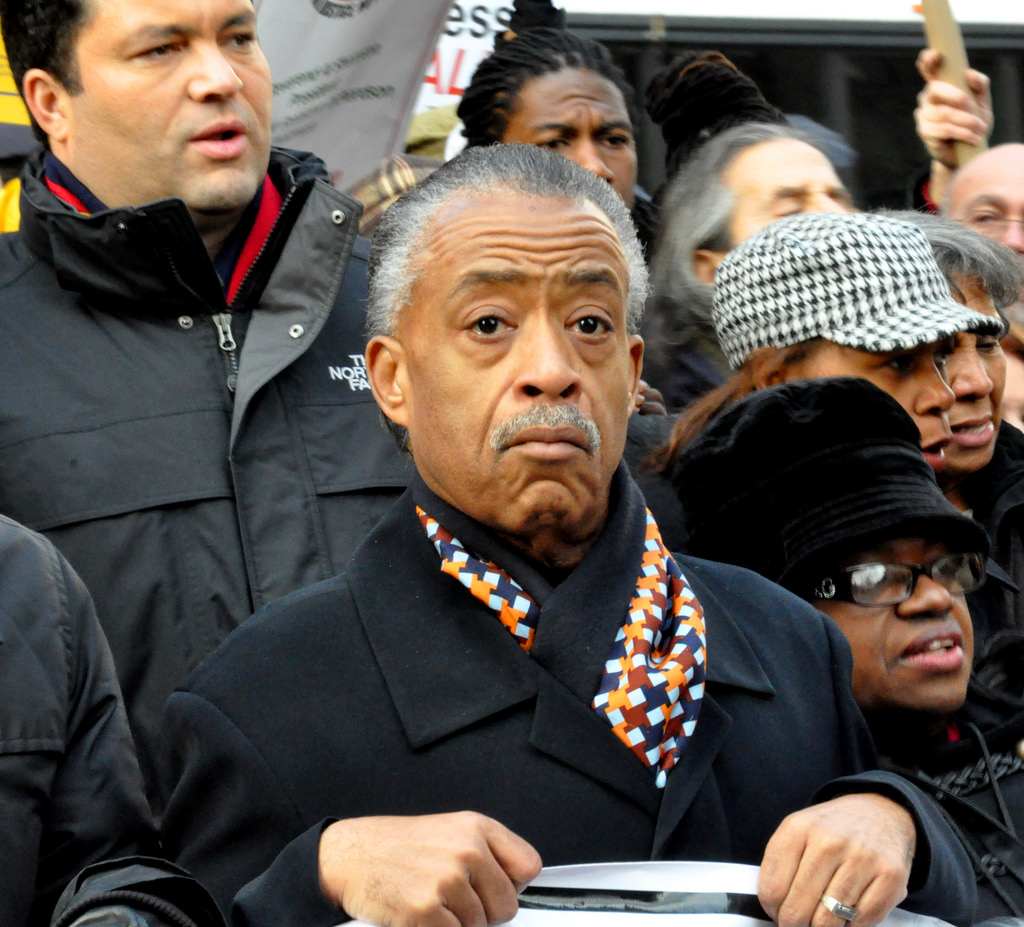To maintain loyalty, the Democratic party incites anxiety about discrimination and exclusion. A form of reverse race-baiting, perhaps best thought of as bigot-baiting, has become crucial for sustaining the Democratic coalition, which is why we hear so much about “hate” these days. At the recent gay pride parade in New York, a few weeks after the mass shooting at a gay nightclub in Orlando, marchers held aloft an avenue-wide banner that read, “Republican Hate Kills!”
It’s important to remember a first law of politics for solidarity in marginality: Political success makes it harder and harder to sustain solidarity in marginality, and this leads to bigot-baiting. We’ve seen an increase of harsh denunciations, not in spite of progressive victories on issues like gay marriage, but because of them. When Obama became president, a superficial observer might have concluded that the election of a black man to the nation’s highest office would diminish the political currency of anti-racist rhetoric. But this ignores the symbolic needs of the Democratic party. Black Lives Matter and redoubled attacks on discrimination are demanded by racial progress. Solidarity in marginality needs to be renewed, especially when the marginal gain access to power.
This pattern of rhetorical escalation because of progress in the fight against discrimination is also evident in characterizations of Trump voters as racists and bigots. Leon Wieseltier says of them, “They kindle, in the myopia of their pain, to racism and nativism and xenophobia and misogyny and homophobia and anti-Semitism.” No mainstream figure talked this way when I was young—and when these descriptions were much more plausible. Incendiary, denunciatory rhetoric was characteristic of a marginal figure like George Wallace, who spoke of “sissy-britches welfare people” and called civil-rights protesters “anarchists.”
It’s commonplace now for liberals to talk this way. This is not because America has become more racially, ethnically, religiously, or sexually divided. All the indicators suggest otherwise.

